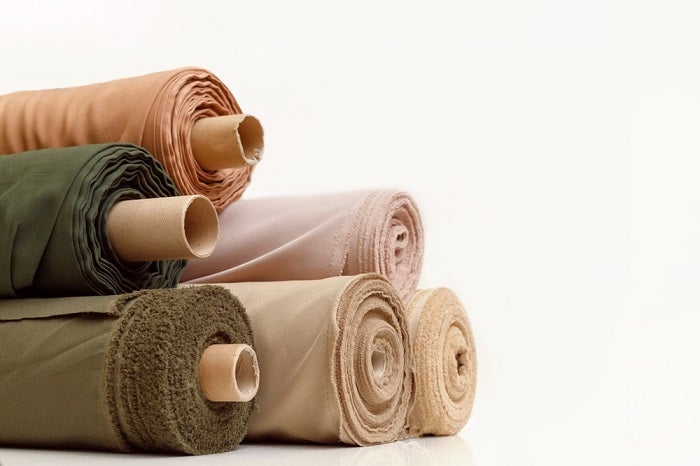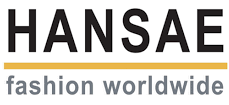
Looking back on 2023, we saw the fashion industry facing challenges due to natural disasters, high-inflation, worker protests, and increased sourcing diversification, with brands reducing reliance on China and looking to create a more transparent supply chain.
Looking forward to 2024, we can see continued supply chain turmoil ahead, and with new legislation in both Europe and the US – covering sustainability and forced labour – sitting on the horizon, waiting to ring in the new year.
Analysts agree that one key area for the industry moving forward will be supply chain resilience and transparency.
The latest McKinsey & Co State of Fashion 2024[i] report reveals that 70% of top procurement officers believe that improving transparency with suppliers is critical in navigating market turmoil. And more than half of industry executives, responding to the McKinsey survey, said they expect to increase reshoring or nearshoring in 2024, with many noting that they plan to source from multiple countries.
However, even as the report claims that companies need to keep a ‘firm grip’ on costs, it also highlights how consumers are discovering new styles, tastes, and priorities, heralding in opportunities and presenting routes to value creation.
Athleisure is here to stay in 2024
Stay at home workers, and an increase in wellbeing activities, have been credited with the rise in athleisure wear, with the pandemic forcing a lifestyle shift which has seen people spending significant amounts of time at home and prioritising comfort and wellbeing.

Research collated by GlobalData shows that the sportswear market is expected to grow 25% between 2021-2025, as consumers continue to adapt to lifestyle changes.
South Korean-based garment manufacturer Hansae, whose clients include Target, Walmart, Gap, Kohl’s, Alo Yoga, Aritzia, and Dick’s Sporting Goods, exported over 400 million pieces of clothing in 2021, including athleisure wear.
“It’s important to remember that this is more than just a style choice,” Chung told us. “As we embrace 2024, athleisure trends represent a lifestyle that celebrates movement, comfort, and self-expression. It allows us to effortlessly blend fashion and functionality, empowering us to feel confident and stylish in our everyday activities.”
Chung also notes that value added workwear does seem to be on the rise again, with consumers looking to express themselves while also maintaining their comfort:
“Looks that can transition from the office to casual outings continue to dominate. Tailoring is returning, but in relaxed iterations paired with everyday pieces – comfort silhouettes with refined qualities and details.”
Traceability and sustainability will be key for the year ahead
After the US government brought in the Uyghur Forced Labor Prevention Act (UFLPA)[ii] in 2022, traceability has become one of the most important factors for fashion brands when looking to find apparel manufacturers.
The National Council of Textile Organizations (NCTO) has urged for aggressive oversight of UFLPA customs enforcement, including increased penalties to crack down on illegal trade.
“Fashion brands need to find a trustworthy manufacturer that can ensure their apparel is forced-labour free,” says Chung.
Sustainability issues have also been a major theme in recent years, with this trend set to continue into 2024, says Chung:
“There has been a huge shift in the demand for sustainable fabrics and clothing. Driven by new technologies, and the demand for sustainable fashion, materials and fabrics are undergoing a significant change. There are lower-impact circular synthetic fills, certified ethical down and feathers, animal wool alternatives, and plant-based fibre insulations.
“Sustainability will continue to evolve as consumer demand for eco-conscious choices, and ethical practices, grows. Consumers will seek out eco-conscious products and buy from sustainable brands.”
Supply chain challenges as high-inflation bites
With bases in seven different countries (USA, Vietnam, Nicaragua, Guatemala, Indonesia, Myanmar and Haiti) Hansae is well placed to see trends in the supply chain.
Chung says that in the coming year, the industry will face supply chain challenges in all three shipping categories, but things are improving.
- Upstream: While ocean and air freight in 2023 was stable the demand was down on the global freight market. In 2024, the demand volume would be still under supply by carriers, but most will try to increase freight from the 2nd Quarter.
- Midstream: Due to unstable fuel prices for domestic trucking, there is expected to be increases in costs for trucking. However, the cost for customs brokerage in 2024 will be similar to this year.
- Downstream: Demand by US buyers will increase as they strive to reduce costs. Ocean freight from Asia to US West and East coasts via Trans-Pacific can fluctuate by carriers and blank sailing (cancelled orders). However, fixed orders, volumes and long-term price contracts with carriers will be better than using the current premium FAK (Freight of All Kinds, a pricing tool used by most small freight carriers).
Conscious consumerism leading the way for 2024
When it comes to lifestyle and fashion, Hansae is seeing some distinct trends for 2024.
“Conscious consumerism will continue to be the top lifestyle trend in 2024,” says Chung. “The styles that last longer in the wardrobe are preferred, as well as styles that reflect the life cycle – like commuter fashion.

“Gen Z shows the most concern for the planet’s well-being and has been influencing others to make sustainability-first buying decisions through social media. Younger generations are willing to pay more for ethically produced goods and prefer to purchase from sustainable brands.”
In a move towards reducing their own environmental impact, Hansae launched its ‘10% For Good’ pledge campaign in 2019, donating or investing 10% of net income from all sustainable orders to environmental organisations and sustainability initiatives.
The pledge calls for collaboration with third-party organisations on water management, green raw material research and development, hardware upgrades and sustainability retrofits. Along with ongoing sustainability management programmes, these new initiatives aim to improve the future for Hansae’s employees, partners and customers.
Fashion trends for the year ahead
When it comes to the latest fashion trends, Hansae’s customers are remaining conservative says Chung, with 70-80 % booked in advance and with the balance reflecting actual sales later. Core items are being reduced with more fashion being introduced. Hansae is seeing floral patterns and bold prints.
“One trend that was prevalent across all four cities: Milan, Paris, New York and London was the use of floral patterns,” says Chung. “Designers incorporated floral elements into a range of garments, from dresses and skirts to jackets and pants. High-impact bold florals and painterly prints are essential.
“For the colour trend in 2024, in the spring/summer season, there is a trend towards a more simplistic colour palette: the shades are traditional and gender inclusive. Gelato pastels to bring a fresh look to youth essentials and a futuristic edge to minimal silhouettes.
“And toward the fall/holiday, more strong and bold colours will be standing out like jewel tones. Deep and luxurious, jewel tones like emerald green, sapphire blue, and amethyst purple, will add a touch of opulence to outfits.”
For more information on how Hansae is set to make significant strides in sustainable fashion in 2024, download the free whitepaper below.
[i] https://www.mckinsey.com/industries/retail/our-insights/state-of-fashion
[ii] https://www.cbp.gov/trade/forced-labor/UFLPA


